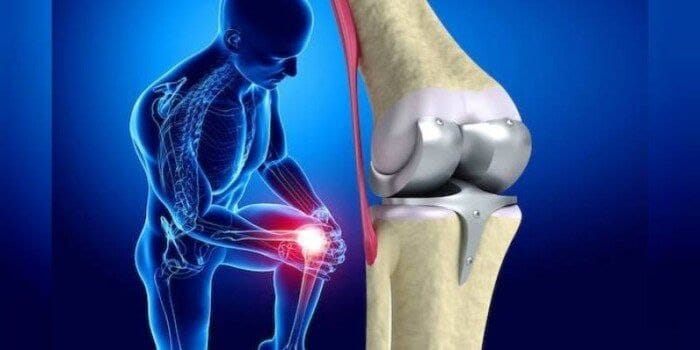Traditional surgery has advantages, same overall benefits
If you’ve decided to have a total knee replacement, you might be considering a minimally invasive procedure. This type of surgery uses smaller incisions and less cutting of the tissue surrounding the knee. The hypothetical advantage of such a surgery is that it allows for faster recovery, a shorter hospital stay and less blood loss.
But aside from these potential short-term advantages, there’s good reason to strongly consider a traditional surgery for a total knee replacement.
Be sure to talk it over with your doctor. While the minimally invasive approach is not for everyone, the risk of complications associated with a more complex operation may outweigh its benefits for you.
Whatever surgery you choose, evidence suggests that minimally invasive surgery is no more beneficial than traditional total knee replacement in the long term.
Traditional surgery
More than 85% of total knee replacements are performed using the traditional approach.
Traditional total knee replacement entails cutting into the quadriceps tendon, which connects the large quadriceps muscle group on the front of the thigh to the kneecap. The surgeon then moves the kneecap out of the way to access the arthritic joint.
The larger incision gives the surgeon a wide enough view to properly place the prosthesis in the correct alignment. This is important because precise alignment is key to ensuring durability and a long life for the implant.
Minimally invasive knee replacements avoid the quadriceps tendon. Instead, the surgeon works through an incision in a muscle in the quadriceps.
Much of the power of your knee comes from the quadriceps. When this muscle and tendon group is cut out, as in traditional knee replacement, the repair and recovery may require a longer physical therapy. However, recent studies suggest that such differences are not significant in terms of pain and function improvement in the short and long term.
Overall, there’s no difference between minimally invasive and traditional knee replacement in terms of physical therapy, pain, walking speed and other measures of function during the recovery period.
Minimally invasive surgery
The minimally invasive approach may not be appropriate for heavy-set or very muscular patients, those with severe knee instability or deformity, or those who require a more complex replacement.
Other aspects to consider:
- Minimally invasive knee replacement is like repairing a car engine via the muffler rather than opening the hood — it might be possible, but it is more difficult. It requires specialized instruments, large experience and is more technically challenging because the surgeon has a smaller field of vision through which to do the operation.
- Medical literature shows that risk of complications can be higher and the procedure may take longer, which is detrimental for the final outcome of the surgery. It also requires more training and has a significant learning curve for the surgeon. Make sure to choose a surgeon who performs a high volume of minimally invasive knee replacements.
- While the minimally invasive approach is a good alternative in the hands of an experienced surgeon, you should not limit your options to minimally invasive surgery if you have a good surgeon who performs using the traditional approach.
What you can do
The first thing to do is get options from a surgeon who does minimally invasive total knee replacement and one who does only traditional surgery, and weigh the pros and cons of each.
After your decision:
- Choose a surgeon who is highly experienced and performs a large volume of the type of procedure you want.
- Work with your doctor to lose weight to reduce the strain placed on your knees.
- Stay as active as possible. Before your operation, have your physician recommend exercises that strengthen your quadriceps without causing pain. Good examples are riding a stationary bicycle and swimming or water therapy.
- Exhaust all conservation treatments, such as medications, injections and physical therapy, before considering knee replacement.





